5 must-know questions and answers every landlord needs to read
1. Will I still be covered by my insurance policy when a tenant moves out?
You will need to check the terms and conditions of your policy. If a tenant moves out and your property goes unlet for a period of time, some policies won’t provide any cover for the time inbetween and others will provide cover for a stipulated number of days of months (typical examples are 30 days and 90 days). LegalforLandlord’s insurance policies do cover you when a tenant moves out, but the length of cover will depend on the type of policy you buy. It’s also important to check the terms and conditions for any actions you are required to take for the policy to cover you in this time.
2. How can I find out the rebuild cost of my property?
The rebuild cost is the amount of money it would take to rebuild your property if it was totally destroyed. If your property has a mortgage, the lender will probably have had the property valued by a surveyor. The valuation should give you a rebuilding sum to insure. Simple. However, if you haven’t got a valuation, your only option for an accurate rebuild valuation is to commission your own qualified surveyor. Yes, this is an expense, but an accurate rebuild cost will save you from overestimating or underestimating for insurance purposes – both of which could turn out to be financial headaches in the future if you make a claim. (If you under insure, your insurers will only be liable to pay out part of your claim.)
The Royal Instituion of Chartered Surveyors has further advice on this issue.
3. How do I draw up an inventory before letting?
An inventory is a crucial document and could play the leading part in sorting a dispute between a landlord and tenant, so it needs to be specific, accurate, and thorough. The inventory will record the condition of the property and all fixtures and fittings when the tenant moves in. List out everything, from the appliances, carpets, light fittings, and curtain poles, to specific items of furniture if you’re letting the property furnished. Next, detail whether there is any damage on any of the items and exactly where that damage is. Even better, take photos or videos to support the inventory. Once you have listed everything, you and the tenant should sign every page. We would recommend that you undertake regular checks of the property alongside the inventory.
If you aren’t comfortable creating your inventory, your letting agent or a specialist inventory company can do this for you.
4. What do I do with a tenant deposit?
With assured shorthold tenancies, there are now official deposit protection rules in place which govern that a tenant deposit has to be placed in one of three ‘schemes’. You or your letting agent must place the deposit in your selected scheme within 30 days of receiving it, and you have to return it within 10 days of agreeing with your tenant how much they will get back. (But be aware that a dispute will hold up the process and the deposit won’t be released from the scheme until it is settled). If you don’t stick to these rules, you can expect a hefty penalty fine.
5. Who is responsible for the gas safety certificate?
The landlord. You are legally required to provide a tenant with a gas safety certificate and ensure that all gas appliances are serviced and safety inspected every year.
Got a question you want answering? Send us a tweet over on Twitter and it could be featured in an upcoming blog.

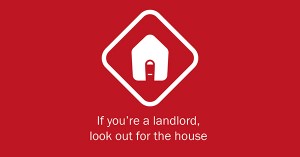
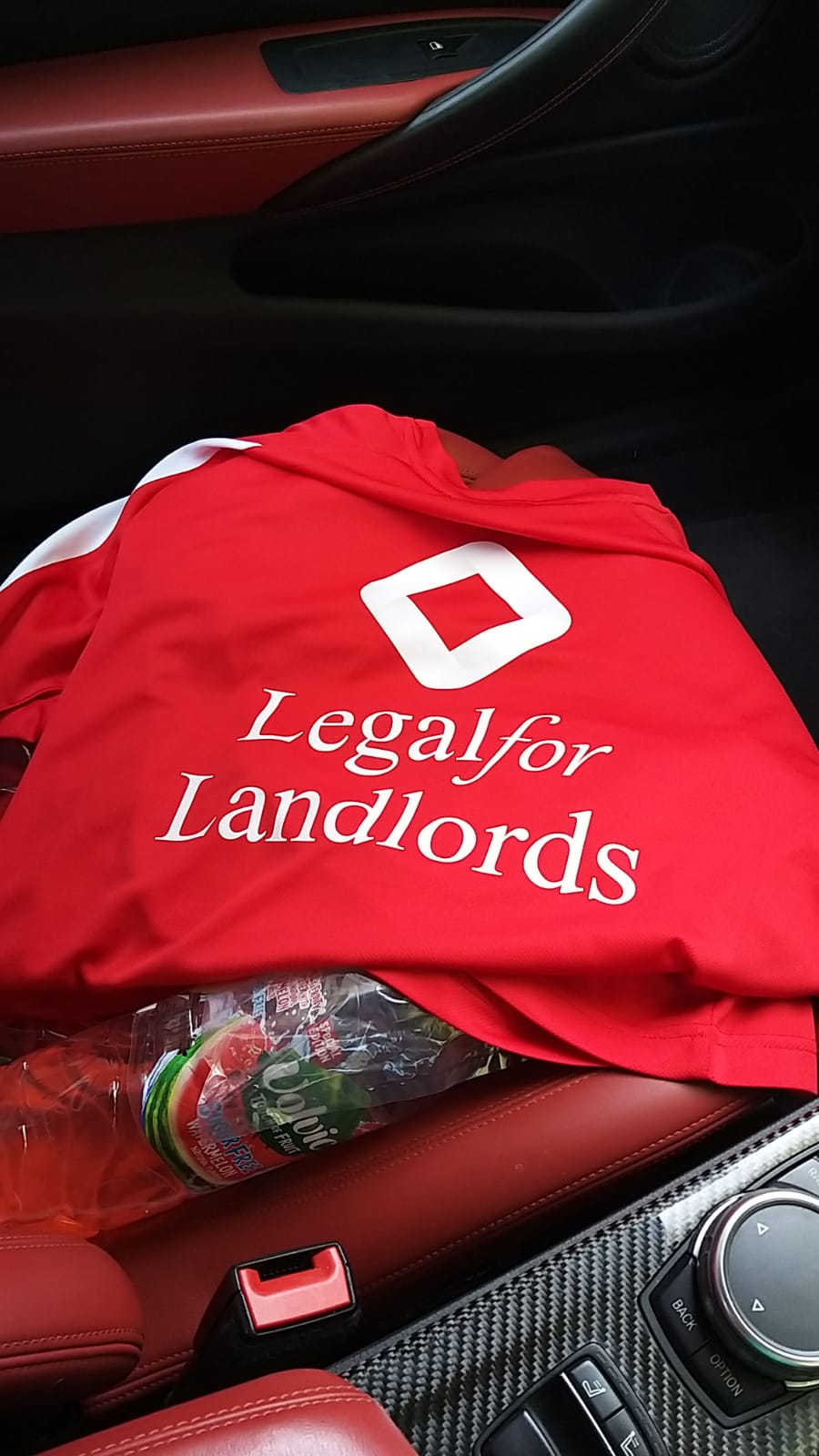

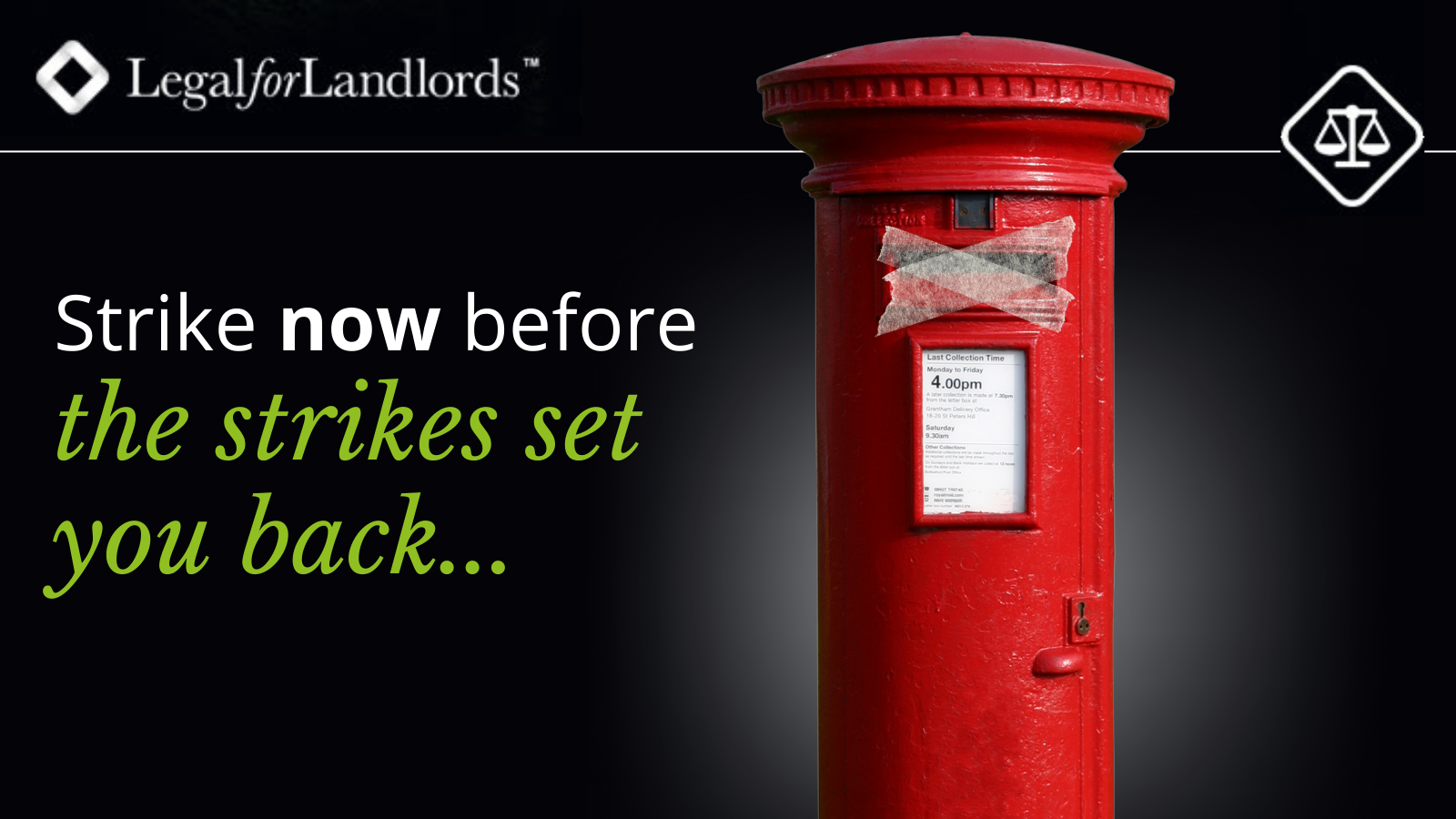











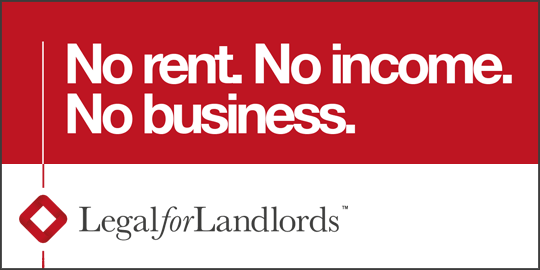

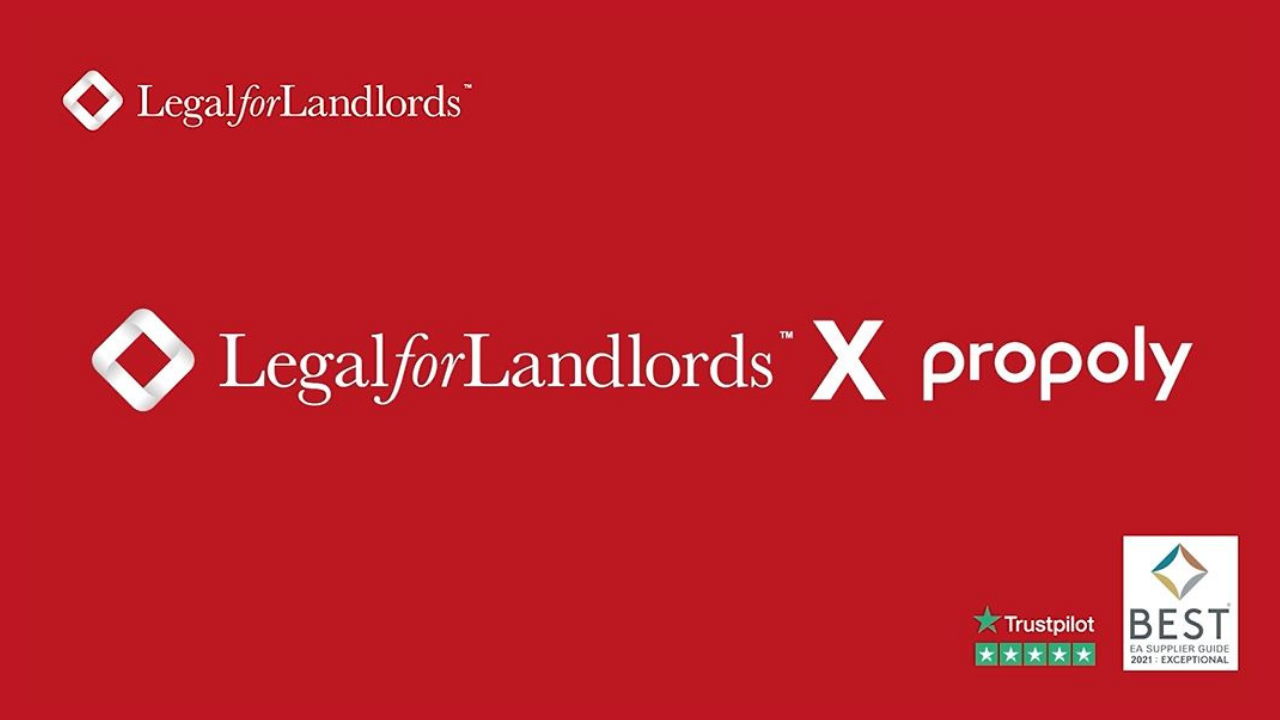


Leave a Reply
Want to join the discussion?Feel free to contribute!